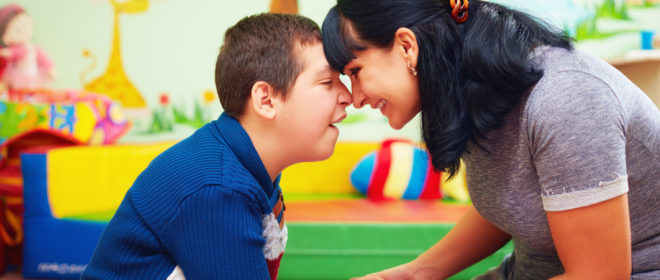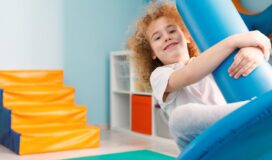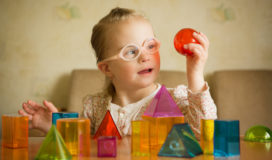Inclusivity opens up a myriad of topics. From race, culture, religion, and gender, to people with disabilities, inclusion is something that needs more discourse. If people start talking about inclusion, it would be an easier world to live in. For children on the autism spectrum, inclusivity is a right they deserve to experience especially in the early stages of their life, and for these children, it all starts at home.
Just like we need food, water, and shelter to live, humans need to experience a sense of belongingness as well. When parents of ASD children foster inclusivity at home, they also help their children feel like they belong. This will encourage them to interact more with their peers and realize that beyond their uniqueness they are as much of a child as a child can be.
Today, we’ll be listing down a few tips to foster inclusivity for your ASD child at home.
Don’t Let Your Child Feel Left Out
Although each child on the autism spectrum has varying degrees of challenges, they may share the same characteristic of social disconnection. They may not be able to express emotions, thus making them look less empathetic. They can experience difficulties in interpreting social cues as well as normal interpersonal interactions.
Ensuring your child doesn’t feel left out will provide them with leverage when developing their social skills and let them feel validated. At times, children with ASD find it challenging to express that they want to be part of a group. They may not have the ability to properly convey their feelings or get their message across efficiently. As parents, you can do your part by not letting your child feel left out at home.
Make Their Experiences As Normal As Possible
It is important to create an experience that’s as comforting as possible for your child with ASD. Understand that your ASD child may express themselves differently, in a way that they are comfortable with. Let them do so. Do not let them feel any different. Neurotypical siblings can also do their part by integrating play activities with their ASD siblings. This way, the child can build self-confidence without feeling left out. This is also a highly effective way to help ASD children be their best as they grow up since they experience a normalized social and emotional experience. Occupational therapy also helps in normalizing their experience and at the same time, teach them skills they need to have a functional life.
Be A Model Parent
Become an advocate for your child. Several people do not know how to deal with autistic kids and have preconceived notions about it. Be the parent that educates people around your child about autism. It is extremely important to raise awareness. Often times, people are afraid of things they have little to no knowledge about. In such cases, it is important to educate them.
When people start to learn more about autism, it will become less stigmatized and will be understood as a serious disorder and not just undesirable behavior. Make it a point to let your child participate in activities outside of school such as birthday parties or playdates. Likewise, take the initiative to include your child’s peers who have ASD as well. Lead by example and lay the first stone for others to follow.
Differentiate Your Child’s Activities
Every child with ASD is unique in their own way. They have distinguished strengths and weaknesses, and just like any neurotypical kid, a child with ASD has individual styles of learning that’s effective for them. For instance, a child may be a visual, auditory, or kinesthetic learner. In short, every child will respond best to a certain method of teaching.
Taking this into consideration will help you differentiate your child’s activities and give them the reassurance that their needs and interests are addressed. This way, you’ll be able to foster inclusivity and make your child feel like they belong. Autism centers can offer assistance in ensuring they receive the best approach in learning.
Talk to Experts
You are not alone on this journey with your child. There are specialists available to help you create an inclusive environment at home for your ASD child. Our experts are more than happy to help you provide the highest quality of life for your child under the autism spectrum.






